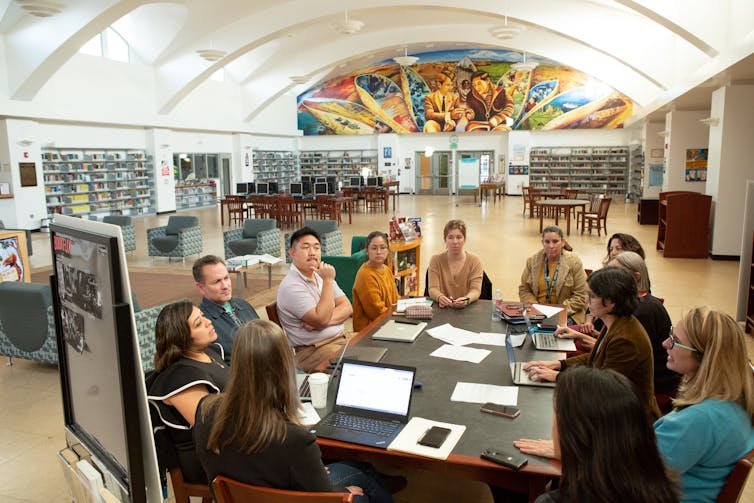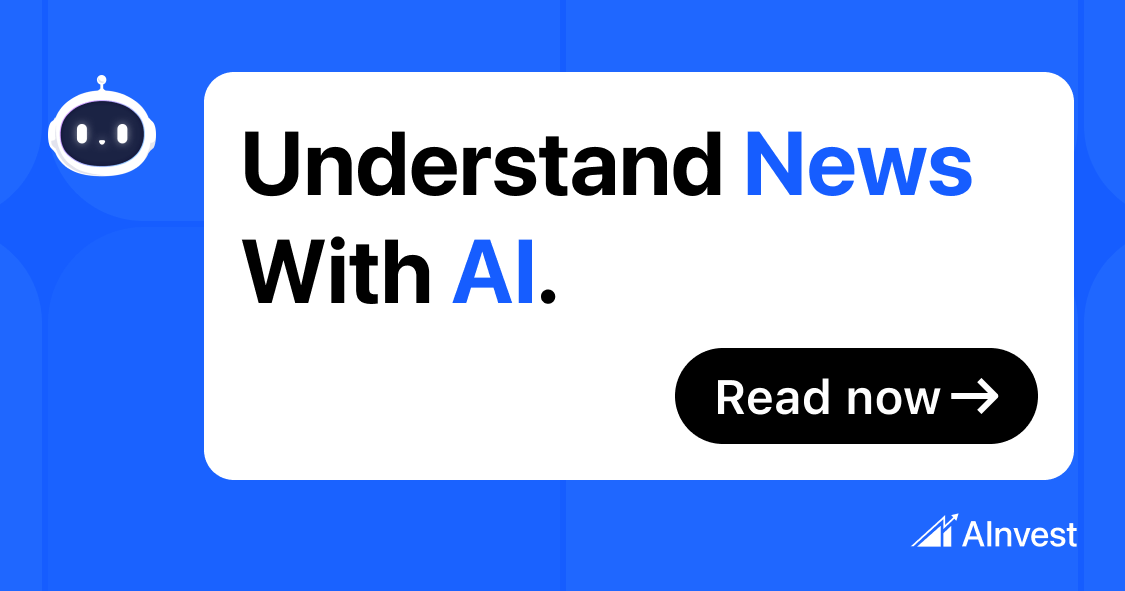With the rapid advancement of generative artificial intelligence (GenAI), teachers have been thrust into a new and ever-shifting classroom reality.
The public, including many students, now has widespread access to GenAI tools and large language models (LLMs). Students sometimes use these tools with schoolwork. School boards have taken different approaches to regulating or integrating tech in classrooms. Teachers, meanwhile, find themselves responding to these paradigm shifts while juggling student needs and wider expectations.
The Canadian Teachers’ Federation (CTF) has called on the federal government and the Council of Ministers of Education, Canada to work with provinces and territories to enact enforceable policies that protect student privacy and data security, regulate how AI is used in classrooms and promote responsible and ethical use of AI systems.
The federation acknowledges AI tools have the potential to enhance teaching and learning; it also express concern about regulatory gaps that leave students exposed to risks like data breaches, algorithmic bias and decline in education standards.
As researchers whose combined work focuses on professional learning and AI in education, as well as professional practice standards and innovations in education, we believe commitments are needed not just in the form of policies, but also procedures and practices which develop AI competencies for teachers. We argue these should span both initial teacher education programs and ongoing professional learning.
À lire aussi :
Cyberattack affecting school boards spotlights the need for better EdTech regulation in Ontario and beyond
Many questions raised for teachers
AI raises many questions about the purpose of education, including questions around academic integrity and how education can uphold fairness and equity. Questions include:
Teachers are uniquely positioned to help guide students as they grapple with the existential and social implications of AI alongside practical concerns for their own and students’ futures. Teachers cannot face this complex challenge alone — they need support and to feel skilled and empowered to fulfil this important role.
THE CANADIAN PRESS/Sean Kilpatrick
Empowering teachers
There’s a growing international consensus echoed by calls to action that teachers are essential players as learners develop AI literacy.
The CTF calls for the role of teachers “in creating caring, human-centred classrooms” to be prioritized “in all AI policy development to ensure Canadian students enjoy their right to a quality education.”
As provinces establish their own recommended approaches around AI and education, education and government agencies are partnering to support innovation and programs for the development of AI literacy.
Guidance created through government, research and not-for profit tech partnerships or tech company partnerships can also be consulted.
Despite growing resources, the development of AI technology continues to outpace implementation support and essential training for teachers. This widening gap between teacher competencies and the demands of an AI-infused classroom is unsustainable.
This is not merely about keeping pace with technology; it’s about equipping teachers to guide the next generation in a world transformed by AI.

(Allison Shelley/EDUimages), CC BY-NC
Equipping teachers
A holistic approach to prepare teachers for different issues at stake with AI-enhanced classrooms is needed.
Teachers need:
1. Supported forums to address critical awareness of AI’s impacts: Teacher education and professional development spaces could allow forums for teachers to address issues such as: helping students examine AI’s societal impacts, including the ethics of AI use; environmental concerns; privacy concerns, misinformation, labour displacement and bias; how AI works within social media algorithms; personalized advertising; social-emotional support chatbots. These conversations are central to AI literacy.
À lire aussi :
Google is rolling out its Gemini AI chatbot to kids under 13. It’s a risky move
2. Foundational knowledge of AI: Teachers need a baseline understanding of how AI works, including its limitations, biases and design. They don’t need to be computer scientists, but they do need to be aware of what tools are available to them, learn how to make informed pedagogical and ethical choices about potentially using AI and understand how to use tools.
3. To be equipped with strategies to meaningfully integrate AI into teaching and learning, which requires asking why and when to integrate AI in learning.
4. Design-based professional learning: teachers need time and space to learn from each other. AI is evolving quickly, and teachers need professional learning communities where they can share ideas, design and test new approaches, and reflect on their experiences. Effectively using GenAI tools requires varied knowledge. Research-practice partnerships where researchers and practitioners work together, and professional learning that is responsive to teachers’ specific contexts and practices hold promise for developing AI competencies. This could look like using AI as a professional learning tool to design activities that foster creativity or exploring using AI to support differentiated learning and promote inquiry.
By empowering teachers with skills and confidence in AI use, they can continue to guide students and shape students’ critical and responsible engagement with this technology.
A shared responsibility
Teachers cannot do this alone. Successfully integrating AI into education requires a concerted and collaborative effort from all stakeholders within the educational ecosystem. This vital partnership includes governing bodies, school boards and school leaders and teachers and researchers, who are instrumental in leading this transformation.
Together, these partners can help establish clear, strategic mandates for AI integration and dedicate robust funding for essential tools and comprehensive training and research to foster innovative spaces where educators and researchers can experiment and study practices.
Research is needed to assess the broader effects of AI use, for example, on critical thinking and cognitive offloading, to evaluate and understand the impacts of this technology in education. Supports are needed to ensure that AI adoption is not haphazard, but strategic and equitable across all jurisdictions.
Implementation should also consider teacher burnout and the existing responsibilities that teachers carry. What can be removed, and what robust supports can be provided so teachers can take this on without compromising their well-being or effectiveness?
Professional learning for educational uses of AI is already taking root through informal peer-to-peer networks and diverse formal experiences. These include academic institutions, bodies like the not-for-profit organizations International Society for Technology in Education or the Alberta Machine Intelligence Institute
and charitable organization Let’s Talk Science among many others. These existing pathways can be leveraged and scaled with targeted support to bridge the current preparation gap.
It’s time for policymakers to recognize that investing in teachers is one of the most powerful ways we can invest in our students and in a better future for all of us.









































